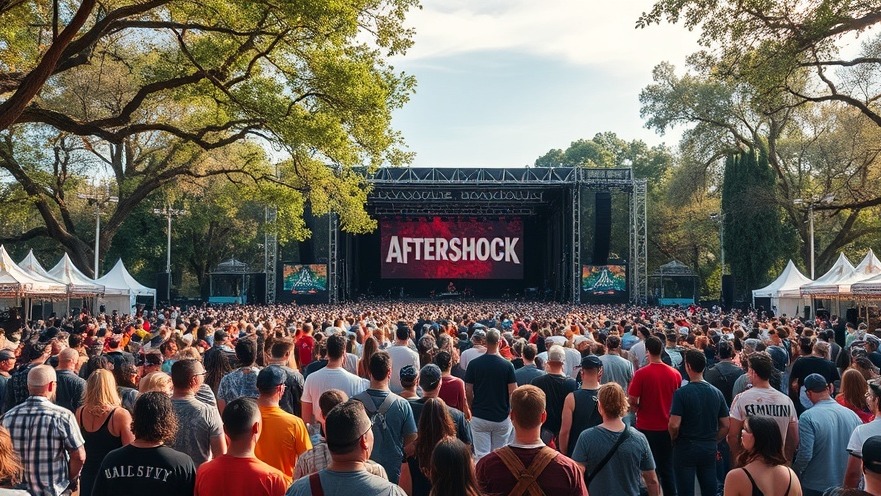
How Sacramento Became the West Coast Capital of Rock
A Park, a Promoter, and a Promise to Rock
It began with a bold vision: turn Sacramento into the beating heart of West Coast rock.
Since 2012, Aftershock has grown from a one-day local concert to a 4-day, 115-band music spectacle that draws fans from across the globe.
Its home at Discovery Park blends nature and noise in a way few venues can match. Think lush trees, open skies, and river breezes paired with the thunder of guitars.
The result? A music experience that feels raw, real, and totally electric.
The setting matters. Discovery Park’s location—where the Sacramento and American Rivers meet—offers a sense of openness and energy. You’re surrounded by nature, but just minutes from the freeway, hotels, and downtown.
This rare mix of urban convenience and natural ambiance has helped Aftershock stand apart from other major rock events. The park can hold tens of thousands, but still feels like a local hangout.
“You don’t feel like cattle,” one longtime fan said. “You feel like you’re part of something tribal.”
The organizers have always leaned into this. Instead of relocating to a bigger venue as attendance exploded, they enhanced the existing footprint—clearing walking paths, trimming trees for visibility, and adding more viewing areas.
And there’s a practical benefit: Discovery Park is relatively flat and open, with several entry points that make it easier to manage foot traffic. That kind of planning is crucial when you're hosting tens of thousands of people daily.
Sacramento locals love it, too. Hotels and restaurants see a massive boost every October, and the city embraces the weekend with open arms. The local economy sees upwards of $30 million in tourism revenue, and many downtown businesses report Aftershock weekend as one of their busiest all year.
Aftershock has become more than a festival. It’s a seasonal ritual, one that makes Sacramento feel like the center of the rock universe—even if just for four unforgettable days.
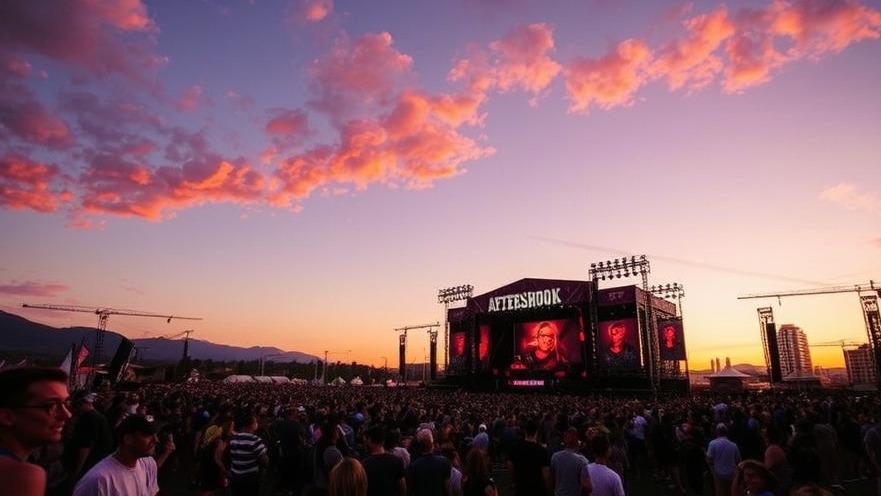
From Pandemic Setbacks to Full-Blown Revival
The Bounce-Back Years That Reignited a Movement
Like much of the live entertainment world, Aftershock hit a wall in 2020. The pandemic silenced the stages. But for fans and artists alike, that silence made the return even more meaningful.
2021 marked a cautious comeback. By 2022, it was clear: Aftershock wasn’t just back—it was bigger, louder, and more ambitious than ever.
More bands. More days. More innovation.
In 2024, organizers introduced the Capital Club SVIP, a high-end experience with private viewing decks, unlimited premium drinks and bites, shaded lounges, fast-lane access, lockers, phone chargers, and even flushable restrooms. For those wanting comfort without sacrificing the communal vibe, it was a game-changer.
"You're playing a festival on your home turf. That’s heartwarming,” said Sacramento-based band StrateJacket about their Aftershock debut.
The bounce-back also showed just how loyal the community is. Many fans had rolled over tickets from the canceled year, and others bought blind—no lineup, no guarantee—just the trust that Aftershock would deliver.
And deliver it did. Bands brought extra energy. Fans screamed louder. There was an almost spiritual joy in being surrounded by live music again. You could see it in the tears of longtime fans during reunion sets and hear it in the gratitude of artists finally back on stage.
In 2025, the festival continues that momentum with one of its strongest lineups yet—and a growing sense that Aftershock isn’t just recovering. It’s redefining what a great American rock festival can be.
Why It Works (Even When Things Go Wrong)
Smart Layouts, Problem Solving, and Production Perks
Festivals are chaotic by nature. And Aftershock has had its hiccups—most notably, the infamous 2022 shuttle fiasco, when hundreds of attendees waited hours to get in due to a traffic accident and understaffed queues.
Instead of ignoring the issue, the team responded. By Day 2, they had outsourced shuttle logistics to professionals, balanced the queues, and added ADA-specific accommodations.
“By Day 3, it was actually smooth. They learned fast,” said one attendee in a YouTube recap.
It’s this responsiveness and attention to detail that keeps fans loyal.
The physical layout is also a strength. Aftershock’s four stages are smartly arranged to minimize sound bleed and maximize viewing space. Shockwave and Jack Daniels—two of the main stages—alternate sets, keeping the energy continuous without forcing fans to sprint between stages.
Food vendors are spaced to reduce congestion. Water refill stations are visible and free. Bathrooms are well-maintained, and after initial complaints in 2022, organizers even added metal footplates and regular cleaning crews.
There’s even a surprising layer of design thinking: trees are selectively pruned to keep natural shade while maintaining visibility. Art installations and vendor areas are placed to create natural rest zones and social hubs.
Accessibility isn’t an afterthought. From ADA viewing decks to mobility-friendly paths, the festival is increasingly inclusive.
Even smaller bands get the VIP treatment.
“The sound crew and loaders were kind. It felt professional but personal,” said StrateJacket.
And when artists feel respected, it shows in their performance.
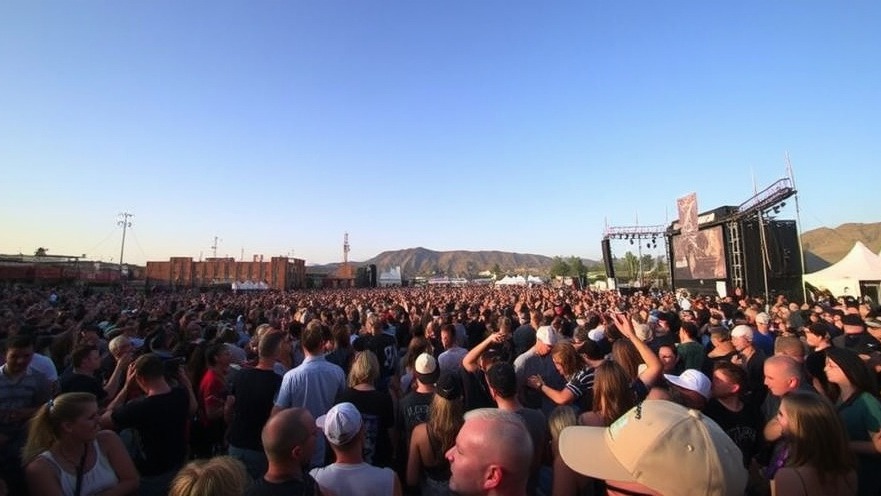
The Sacred Bond Between Bands and Fans
Genre Loyalty, Home Turf, and Fan Rituals
There’s a reason Aftershock feels different from other festivals—it’s the deep connection between bands and fans.
While other festivals chase crossover hits, Aftershock stays true to its roots: hard rock, metal, and punk. This focus creates a sense of belonging. You’re not just a body in the crowd—you’re part of a culture.
“This is where you go when you want to scream, sing, and reconnect with your tribe.”
For Sacramento locals, it’s a homecoming. For visitors, it’s a pilgrimage.
Some attendees have been to every Aftershock since 2012. Others are new but instantly hooked.
“It doesn’t matter if there’s four or 4,000 people,” said StrateJacket. “We just go with what feels right.”
That energy creates a feedback loop. Bands go harder. Fans go louder. Strangers high-five in mosh pits. Parents bring teens for their first show. Retirees dust off their old rock shirts.
It’s a place where generations collide and connect—united by volume, vulnerability, and vinyl spirit.
And it’s not just about the biggest names. Some of the most magical sets happen on side stages—where fans discover their next favorite band just by following the sound and the energy. That serendipity is part of what makes Aftershock feel alive.
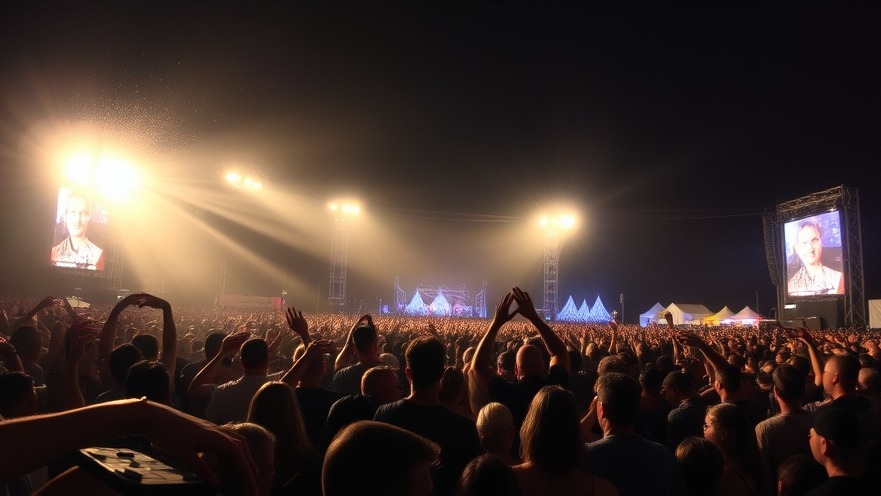
Survive and Thrive at Aftershock
What to Bring, Where to Stay, and How to Hack It
Want to make the most of your Aftershock experience? A little preparation goes a long way.
What to bring:
Clear bag (12”x6”x12” max)
Sunscreen, sunglasses, earplugs
Refillable water bottle
Phone charger, bandana, hoodie
Comfortable closed-toe shoes
Where to stay:
Book early! Hotels in Natomas and downtown go fast
Look for places offering shuttles or close rideshare access
Airbnb with a group = cost savings + built-in crew
How to get there:
Shuttle passes can be convenient, but expect delays during peak hours
Rideshare drop zones are clearly marked and managed
Some fans bike in via the American River Parkway—scenic and quick
Food tips:
Eat a big breakfast
Expect $15–$20 per meal onsite
Water is free at refill stations—use it!
Other smart moves:
Download the Aftershock app and set alerts
Use the map to plan stage hops
Pack a small towel or bandana—shade is gold, but dust is real
If you’re attending with a group, set a “meeting point” ahead of time in case you get separated. Cell service is decent, but the crowd can make it tricky to reconnect.
Also, don’t skip the merch booths. Not only are the designs solid, but every year’s limited prints become collector items in the rock community.
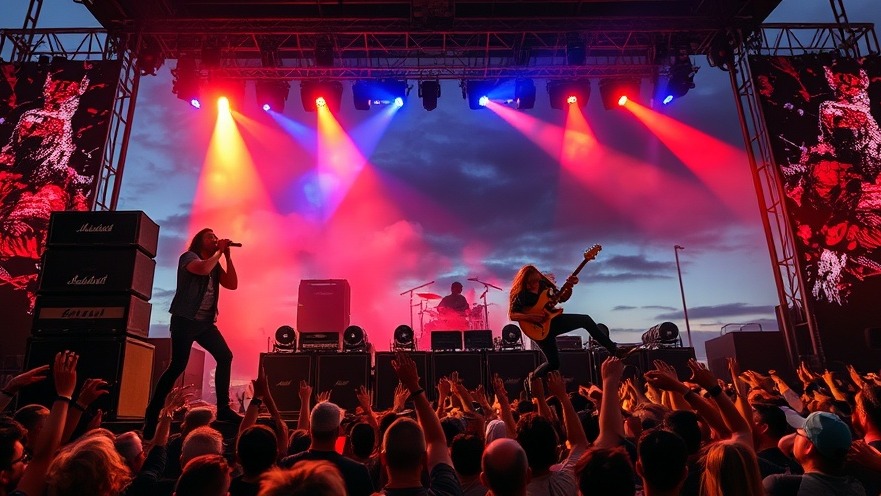
Where Loud Lives Forever
Final Thoughts and Why You Belong in the Crowd
Aftershock isn’t just a music event. It’s a story told through sweat, sound, and shared screams.
It’s where legends reunite, newcomers emerge, and every fan—whether in pit or on blanket—feels like they belong.
“Good bands. Good energy. Good mosh pits. Good people.”
If you’ve ever longed for that feeling of connection—of voices raised together, of being part of something loud and alive—this is your sign.
📍 October 2–5, 2025 – Discovery Park, Sacramento
🎟️ Get tickets at: aftershockfestival.com
Come loud. Leave louder.
 Add Row
Add Row  Add
Add 

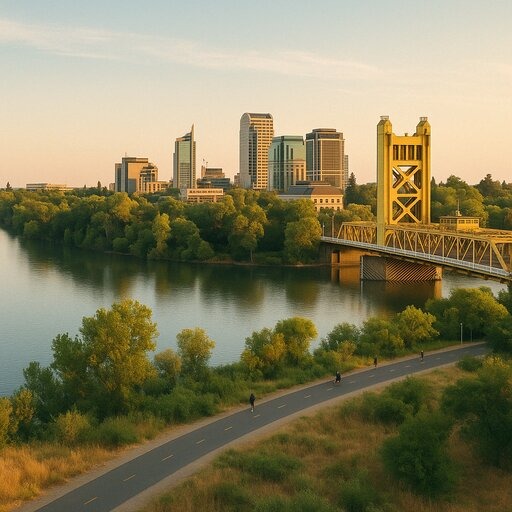
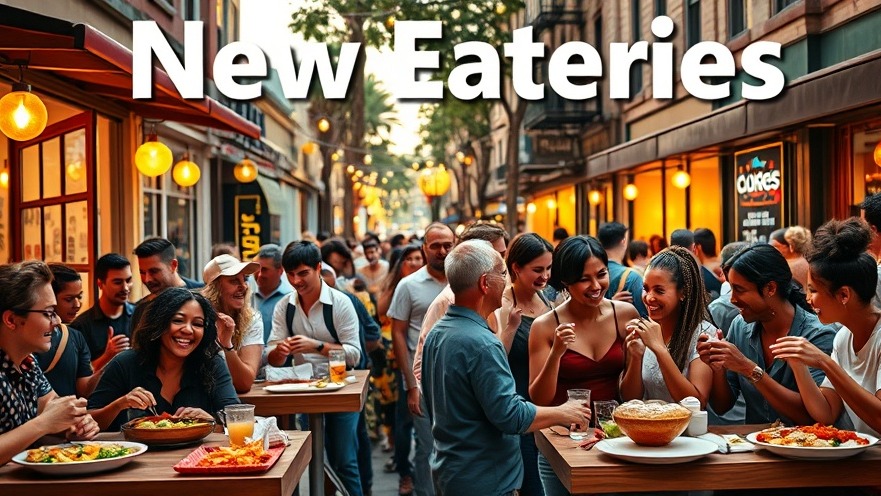

Write A Comment